If you wonder how a combination lock work and what make it one of secured lock then you are at right place. Combination Locks have an effective locking mechanism that helps to safeguard any valuables that you might be protecting.
Ordinary padlocks use keys, but combination locks do not need or use keys. It is very easy to change a combination lock and code. This is why it is difficult to manipulate a combination lock. This is why many people prefer a combination lock over other types of locks. Combination locks were invented in China. But, as of today, they are widely used all over the world especially in the fields of banking and home security.
A combination lock consists of a locking mechanism which uses a sequence of numbers to open the lock. Sometimes, numbers are replaced with symbols. Combination locks come in various shapes and sizes.
They are also made for different purposes. Combination locks can be mechanical as well as digital. Such locks are used in everything from luggage carriers to high-security safes. They provide a quick and easy solution to the problems like theft or misplacing your valuables.
How Does A Combination Lock Work?
Quick Navigation
Theoretically speaking, a combination lock uses the same principle as a lever mechanism. In the lever mechanism, the tumblers have to align in order for a fence to retract. This leads to the opening of the bolt which leads to the opening of the lock. A combination lock works in the same way, except that it uses numbers, letters or symbols.
a) External Working Of The Combination Lock
- The dials are turned around 4 times in one direction. This helps the wheels to become engaged the wheels, so that when the dial is turned, the wheels start rotating with it. This is procedure is termed as “the wheels being nested”. The main purpose of doing this is so that the wheel fly on each wheel is aligned with the fence.
- Next, the user must stop the dial when the first number of the combination is at the indicator. This will cause the wheel fly of the first wheel to align with the fence.
- Next, turn the dial three times counter clockwise. This action causes the first wheel to become disengaged with the fence. After this, stop the dial when the second number is at the indicator. The second wheel fly aligns with the fence. The procedure will be repeated as many times as required, based on the number of digits used in the combination.
- After all the numbers are entered, the user then reverses the direction by rotating the dial. The dial is rotated which makes the drive cam to retract the bolt lever. When the dial can no longer be rotated, the bolt is completely retracted and the lock is opened.
b) Internal Working Of The Combination Lock
- First, the user turns the combination dial.
- The combination dial is internally connected to the spindle. This means that if you turn the dial, then the spindle will also turn.
- The turning of the spindle will in turn result in the turning of the drive cam.
- The drive cam is attached to a drive pin. When the drive cam turns, the drive pin starts to rotate.
- At some point during this rotation, the drive pin comes into contact with the wheel fly of a nearby wheel. This happens only if the combination entered is correct.
- Because of this contact, the wheel starts spinning.
- When one wheel starts spinning, it leads to a domino effect. The spinning wheel causes the other wheels to spin when they come into contact with each other. This will continue, till all the wheels start spinning. The phenomenon where all the wheels are spinning is called the “picking up the wheels”.
- The notch on every wheel is used to indicate whether the combination being entered is right or wrong. If it is the right combination, then the notches in all the wheels will fall into place.
- The notches lining up will cause a gap in the padlock.
Then either one of two things will happen:
- If the fence does not fall into the gap made by the notches, then the lock will not open.
OR
- The fence falls into this gap because of its heavy weight. Once the fence is out of the way, the bolt also slides open. This will cause the lock to be opened and you can easily access your belongings.
Components Of A Combination Lock
A typical combination lock works on a set of established principles. It is not opened by a key, but rather by the proper alignment of its components in a particular position. Most commonly, these locks are fitted with a set of interconnected rings or discs that are controlled by a central shaft.
The rings have to align in order for the lock to open. However, the working of a combination lock is not at all that simple. There are various components that have to be discussed, before we will be able to understand how a combination lock works. We give you a detailed look at the components of a typical combination lock.
1. Combination Dial
An important aspect of the combination lock is the combination dial. The dial is present on the face of the combination lock. The dials has various numbers, letters or symbols on it. It has to be turned to a specific direction and the numbers have to align perfectly, in order for the lock to open. A few good combinations dials available in the market are:
a) Master Lock 1500TT :
Its an indoor combination dial used to lock lockers in school, gym, etc.
b) Padlock Combination
Its another 4-digit combination lock for lockers in gym, school, outdoor fences, and other storage boxes.
2. Spindle
The combination dial is connected to a spindle. A spindle is a rod that serves as an axis on which something revolves. The spindle is used to connect the dial and the drive cam. The spindle goes through all the wheels and attaches to a drive cam which is present at the back.
3. Drive Cam
Drive Cams are used in almost all the mechanical combination locks that are available in the market. They are circular disks which are made either of metal or plastic.
They are fitted inside the back of the lock. They are usually stacked on top of each other. The drive cam consists of a drive pin which is attached to the top.
The main function of a drive cam is to transfer any motion of the dial to the wheels. If the drive cam doesn’t transfer the motion to the wheels, then the unlocking procedure will not take place.
5. Drive Pin
As mentioned above, drive pins are attached to the top of the drive cam. The pins are used to fit inside pre-drilled holes. They act as a locking pin, which keeps the drive cam in place. The drive pin has to come into contact with a wheel fly for the unlocking mechanism to start.
6. Wheel Pack
The locks consist of a wheel pack. The wheel pack is one of the most widely used apparatus in combination locks. The wheel pack has been in use for more than 100 years. A wheel pack is nothing but a group of wheels that work together to understand the combination of the lock.
The wheel pack is designed to understand the password and work accordingly. Each combination lock has different number of wheels. The number of wheels depends upon how many numbers are used in the correct combination.
For example, let us take a combination of 1234. The number of digits present in this combination is four. Therefore, there will be four wheels in the wheel pack.
7. Wheel Fly
Every wheel will also have a wheel fly. A wheel fly is a tiny tab present on every side of an individual wheel. It is like a slot or a gate on the side of the wheel. The slots are present at particular points in a wheel. These points are determined by the combination of the lock. This slot is designed to hold drive pins inside it.
8. Notch
Apart from a drive pin, each wheel has a notch. These notches have to line up for the lock to open.
9. Fence
Another essential component of the combination lock is the fence. The fence is a small metal bar. This metal bar sits on the wheels of the lock. In order for the combination lock to open, the bolt that secures the lock has to open first. The fence prevents the opening of this bolt by resting on the wheels. The fence has to be aligned with the wheel fly for the lock to open.
Different Types Of Combination Locks
1. Multiple- Dial Locks
This is one of the most simplest forms of a combination lock. This lock has several rotating disks with notches cut into them. The lock is attached to a pin. This pin has numerous teeth on it which are aligned with the rotating disks. The notches in the disks have to sync with the teeth on the pin. When this happens, the lock can be opened. Generally, it is not advisable to get a multiple-dial lock. This mainly because these locks are considered highly unsecure.
There have been many cases of such locks being opened even without the slightest knowledge of the combination. If the lock is not machined properly, then it is only a matter of time before it can be manipulated to open. The most common way to break this lock is by pulling the pin outwards.
The teeth of the pin might start rotating. This leads to the rotation of the corresponding disc. Again, the domino effects starts working and all the discs will start to rotate. In a matter of a few minutes, lock will pop open. This is why these types are used only in low security items like bicycle locks or briefcases.
2. Single-Dial Locks
A single dial is present in the lock. These locks are also called as the rotary combination locks. The dial will be connected to several parallel discs or cams. The combination is to be entered by following this pattern:
- The dial has to be rotated clockwise to the first numeral.
- The dial has to be rotated counter clockwise to the second numeral.
- The dial has to be rotated clockwise to the third numeral.
The above mentioned pattern is for a combination lock with 3 digits. The alternations keep repeating as per the number of digits used in the combination. The cams usually have notches, which fall into place when the correct combination is entered. This will lead to the opening of the lock.
Single-Dial Locks are typically considered a little safer than multiple-dial locks. But, they aren’t exempt from weaknesses. The main concern with these types of locks lie in the fact that multiple combinations can be tried in succession . Eventually, it might lead to the discovery of the right combination.
This called a “brute-force attack”. On an average, it is estimated that the right combination for a single-dial lock can be guessed in 2.78 hours. There is also a chance to break-open the lock using devices like a padlock shim. The locks can also be manipulated to reveal the correct combination.
This is still greatly better than multiple-dial locks. You can use such type of locks in child locks, school or gym lockers, etc. But, it is not practical to use such locks for high-security applications.
3. Electronic Combination Locks
They are also known as the electronic keypad locks. Electronic Combination Locks are becoming widely used in the present world. Most apartments are installed with electronic combination locks.
These locks often have security features that cannot be found on mechanical ones. For example, many locks can be used to store large amounts of data. For example, data related to the authorized users, or time of last access can be recorded.
Such data can be analyzed to discover and prevent unauthorized access. These locks may require batteries or a source of electricity to work. Electronic Combination Locks are safe from being attacked using the techniques that mechanical ones are attacked with. But, they have a different set of weaknesses.
Sometimes, the number sequence can be determined by accessing data related to the previous successful attempts at opening the lock. Expert criminals can also determine which numbers have been entered.
This is done by carefully examining the number pads which look more used than the others. A simple way to prevent this is by changing the combination regularly. This ensures that all the number pads look more or less the same.
Advantages Of Combination Locks
1. Hard to Decipher
Combination locks require codes to open and the fact of the matter is that deciphering a code is extremely hard. For a 3 digit combination alone, there are fifty thousand plus possible combinations.
Now, try to imagine the number of possible answers for a 4 digit or 5 digit combination. It’s difficult, isn’t it? The most important thing to keep in mind when it comes to using a combination lock is that keeping a tough combination is half the work.
A hard to decipher combination will safeguard your valuables. Keep in mind never to use birthdays or other obvious dates as part of your combination.
2. Simplicity
The hardest part about owning the conventional padlock which needs a key to unlock is the fact that the key can get lost. You have to carry your key around with you at all times, to ensure that you don’t leave it somewhere.
If you lose the key, then you have to replace the entire locking system. Apart from all this, a key can also be easily replicated. Most of these problems can be solved by using combination locks. Cracking a code is much more difficult than stealing a key.
3. Compact Size
Most padlocks tend to be bulky and huge. This might cause some inconvenience to its users. But, combination locks are generally a lot smaller and can fit on almost any surface. This helps you to be able to fit the lock wherever you want depending on your security concerns.
4. Strength And Durability
The internal mechanism of a lock tends to be its most vulnerable spot. Keyholes allow moisture to get inside lock. The lock may suffer from rust or other damaging conditions. Combination locks are much less likely to suffer from these issues as they are enclosed and protected from external damage.
5. Accessibility
Another major benefit of a combination lock is that they can be used by a set of people, rather than just one or two. Think about it, how many sets of keys does the average individual own?
The answer may be one or two. But, with combination locks you can provide the combination to a set of trusted people who need access to the valuables.
Final Talk
A combination lock is a tried and tested way to protect your valuables. It is safe, secure, and available at a cheap cost. So, the next you’re fumbling around looking for your keys, you might just have to trade them in for a combination lock!
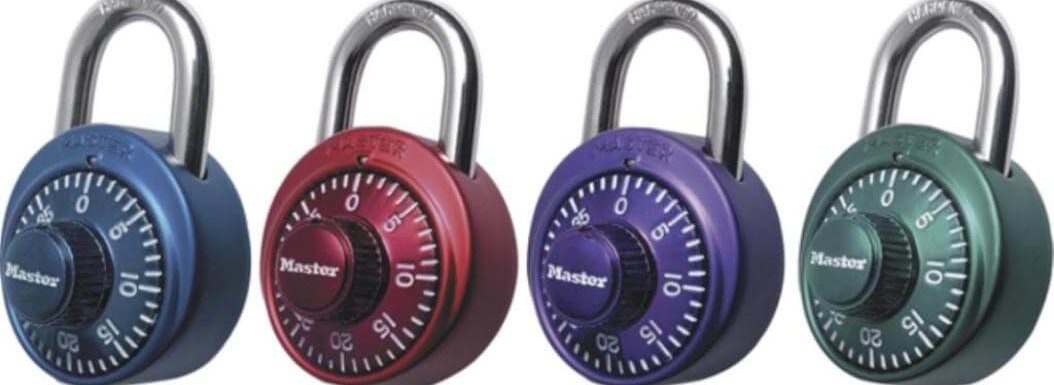
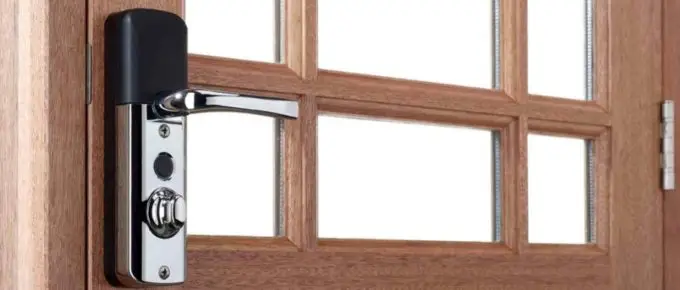
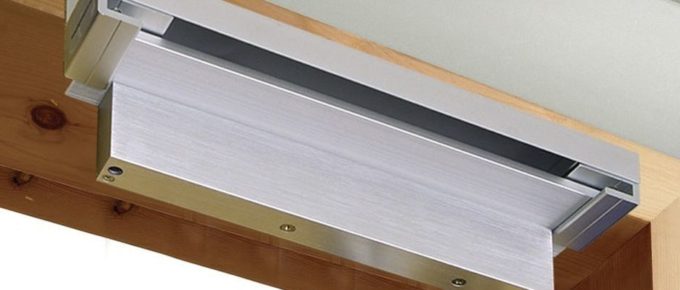

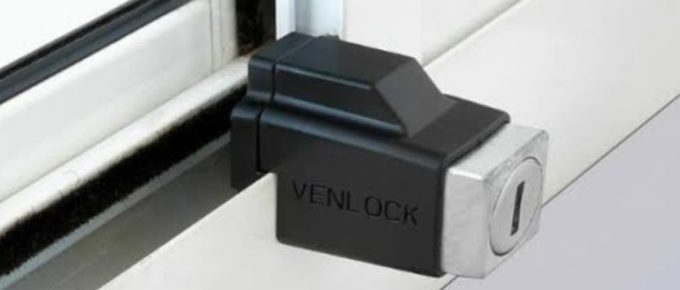

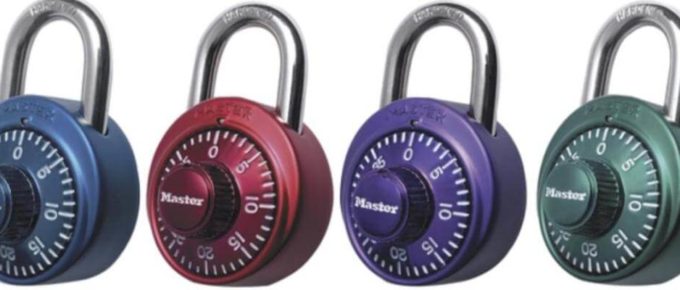
A gap between the top and bottom notches is generated once the wheels are turned into the right position. The fence, which is on the wheels of the lock, falls into the gap, allowing the lock to open.
Dials, typically numbered, are used in combination locks on safes to unlock the mechanism. Each dial is connected to a locking mechanism inside. The accompanying locking mechanism disengages when you dial the right combination of numbers.